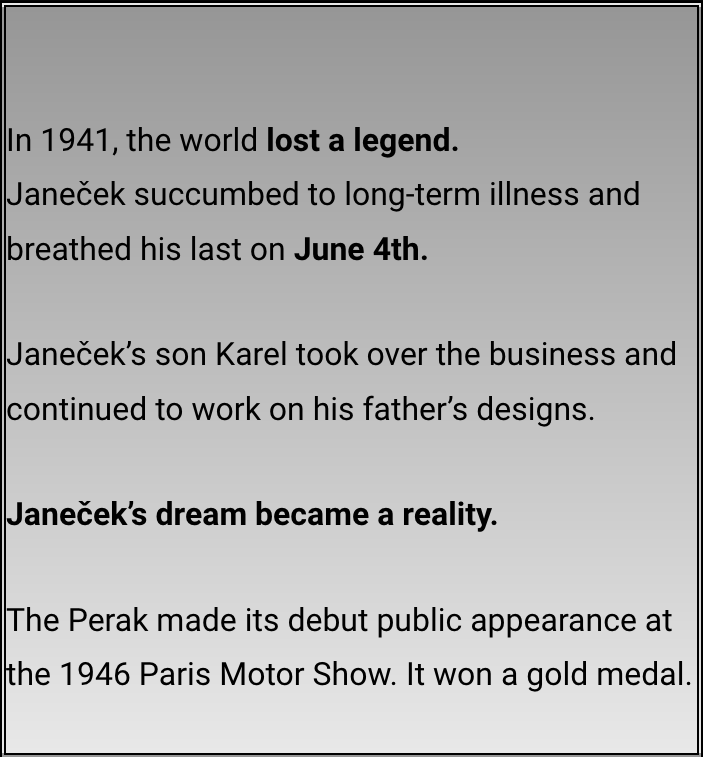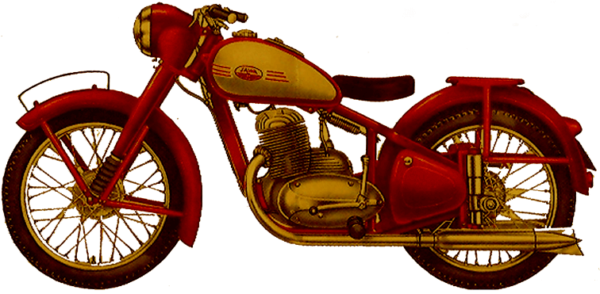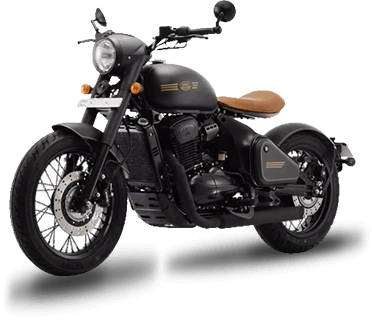Kieran Merritt
Design Director


Charlie Phelps
Chief Officer
Lorem ipsum dolor sit amet, consectetur adipiscing elit. Nam feugiat, urna vel faucibus blandit, urna urna finibus enim, eget venenatis nisi neque sed augue. Nulla viverra sapien quis tellus semper, vitae pulvinar ante dictum. Praesent mattis purus et eros gravida tempor. Donec ut mauris nibh.

